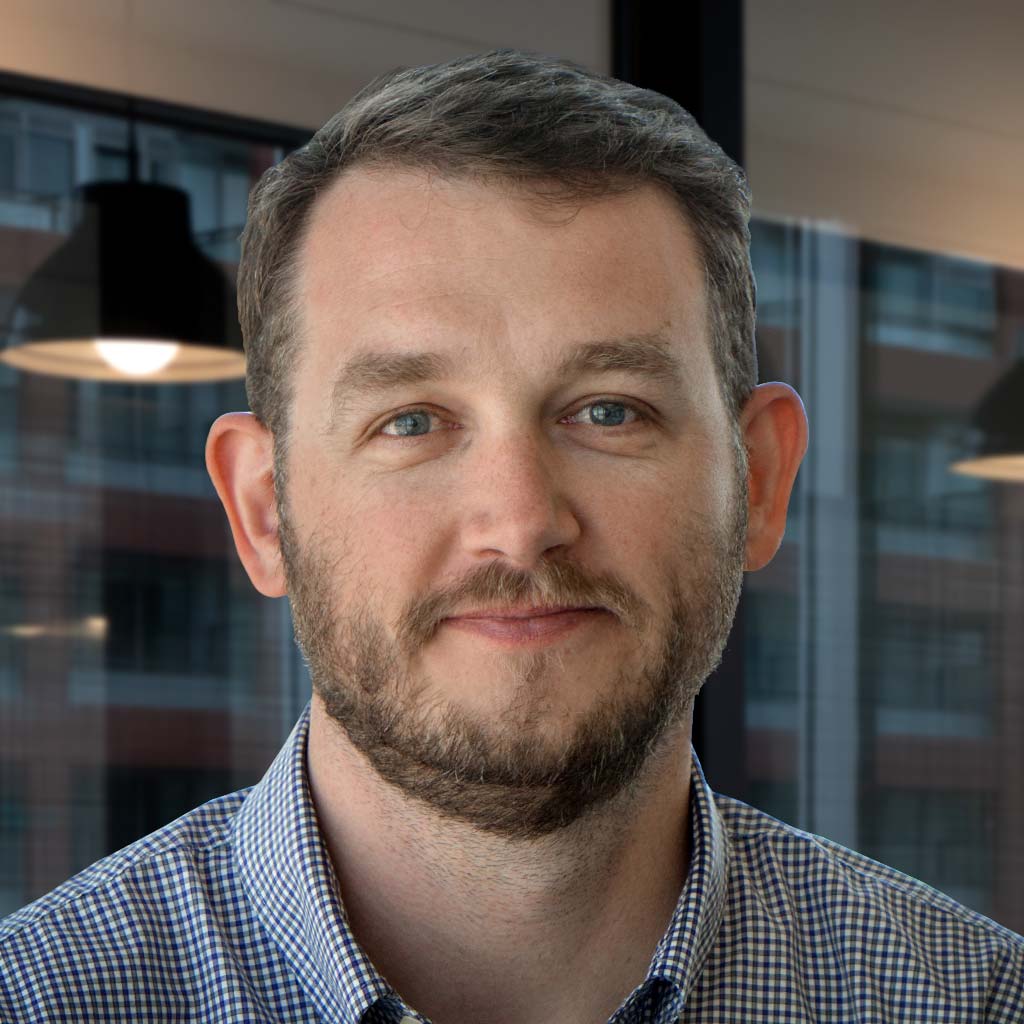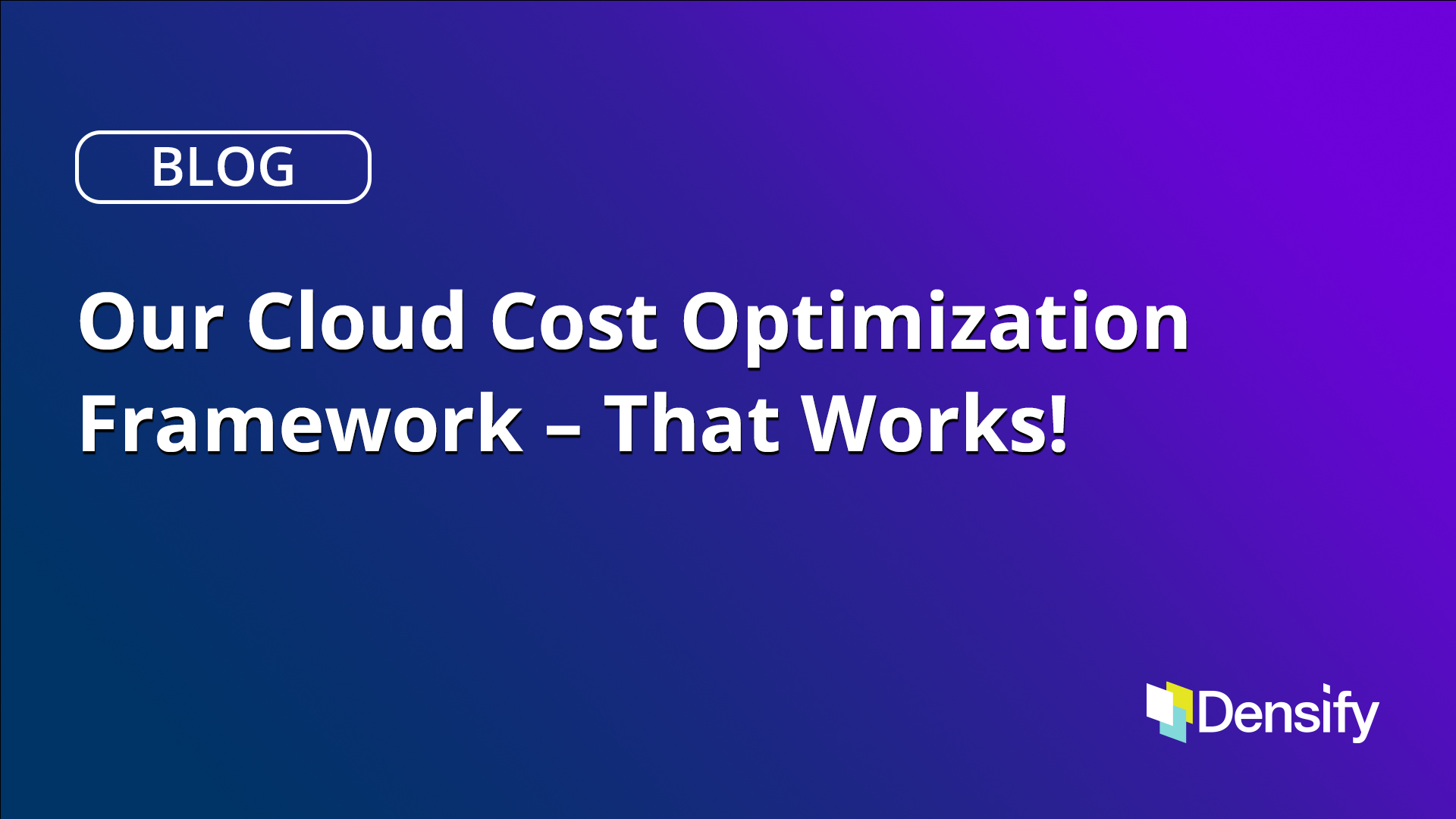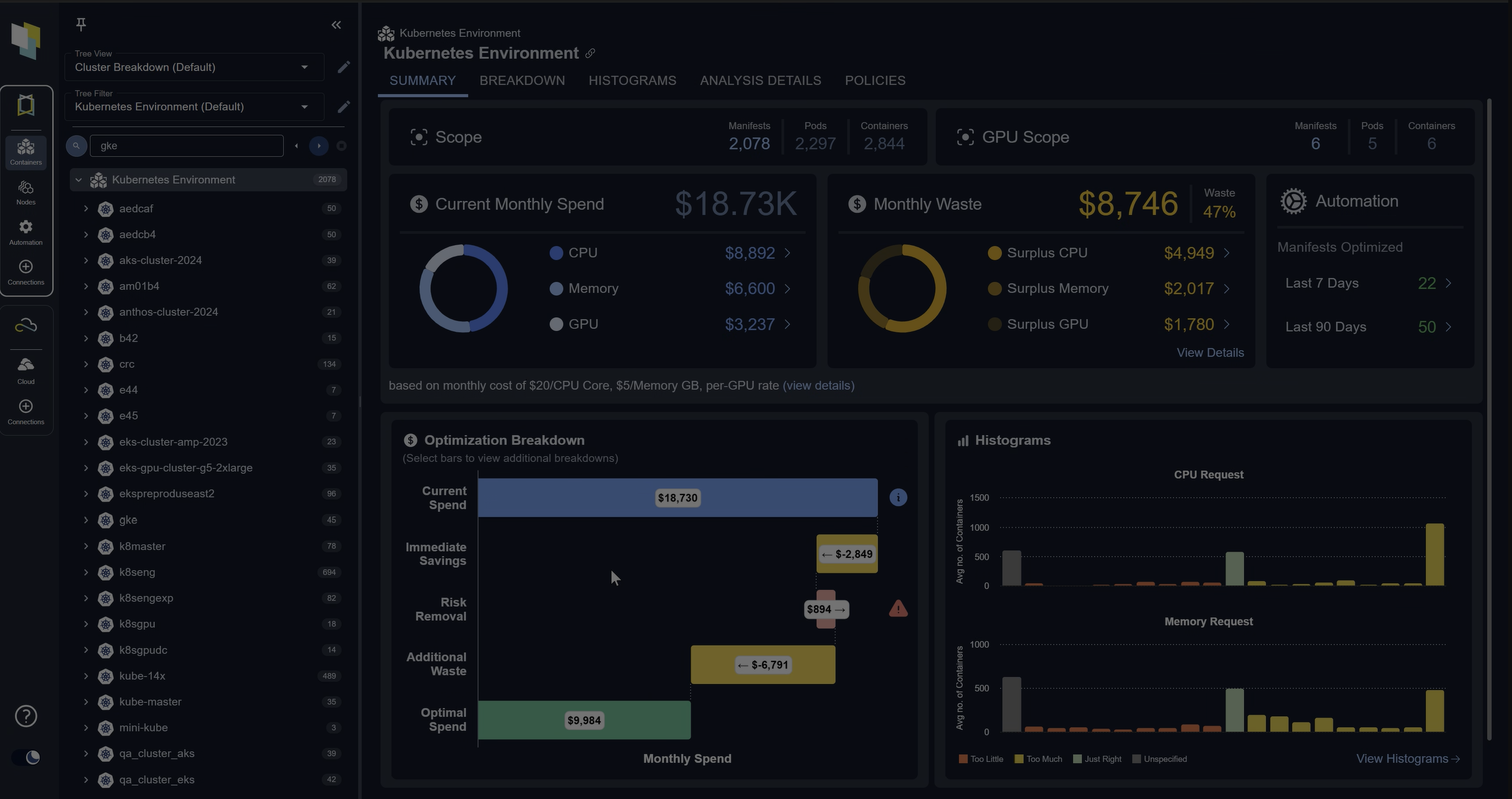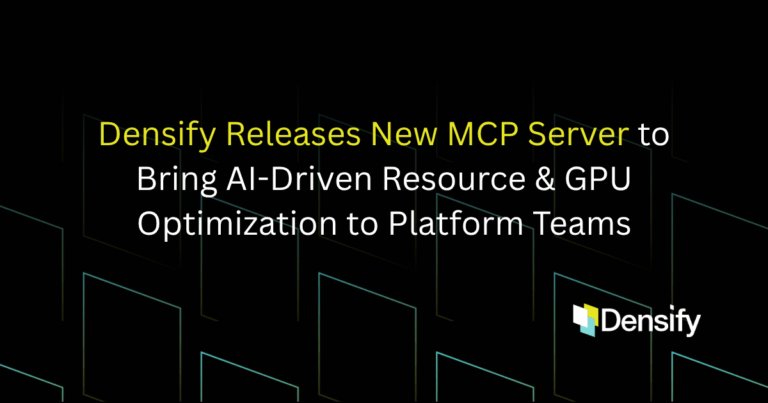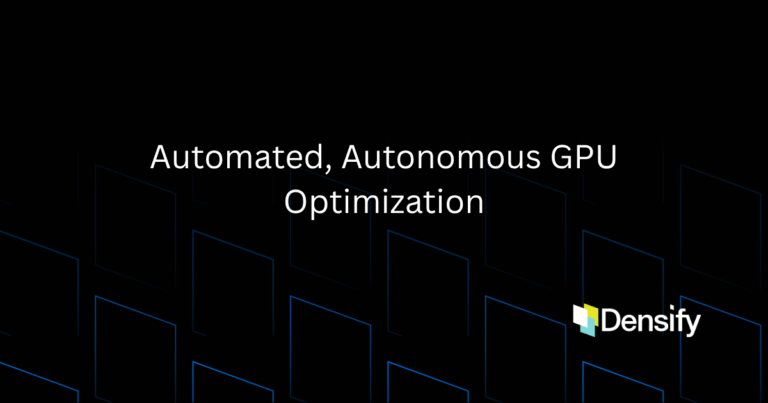Getting Optimization Done
TLDR; start small, safe, simple, … with a friendly (aka build trust first).
We’ve seen two general approaches to getting optimization done to reduce cloud costs in our customers; the first and most popular is “the stick” where FinOps teams campaign against lines of business development teams with a mantra of “spend less”! The second approach is “the carrot” where FinOps teams and more broadly Finance push budget control and benefits of cost savings as close as possible to developers so that any savings achieved is directly benefiting those teams that save the money.
In both approaches there’s a hurdle that FinOps practitioners must overcome. We call that hurdle “the Last Mile”. That is getting developers motivated and trusting of recommended actions to save money in deployment decisions they’re making.
Motivation is pretty easy when you tie savings to team budgets or provide a “carrot” to incentivize people to spend wisely. The trust however is where customers often struggle.
Most customers will start with the big spenders, the big accounts/subscriptions/projects that are costing the most and push developers to downsize. Here’s why that’s a really bad idea. Your big spenders are often the most business critical systems/functions.

You Need a New Cloud Cost Optimization Framework
At Densify we pride ourselves on building software that generates very well-informed optimization recommendations that teams can rely on. As part of that we also “show our work” through things like the Impact Analysis Report per recommendation to help your program build organizational trust in recommendations before they’re ever actioned.
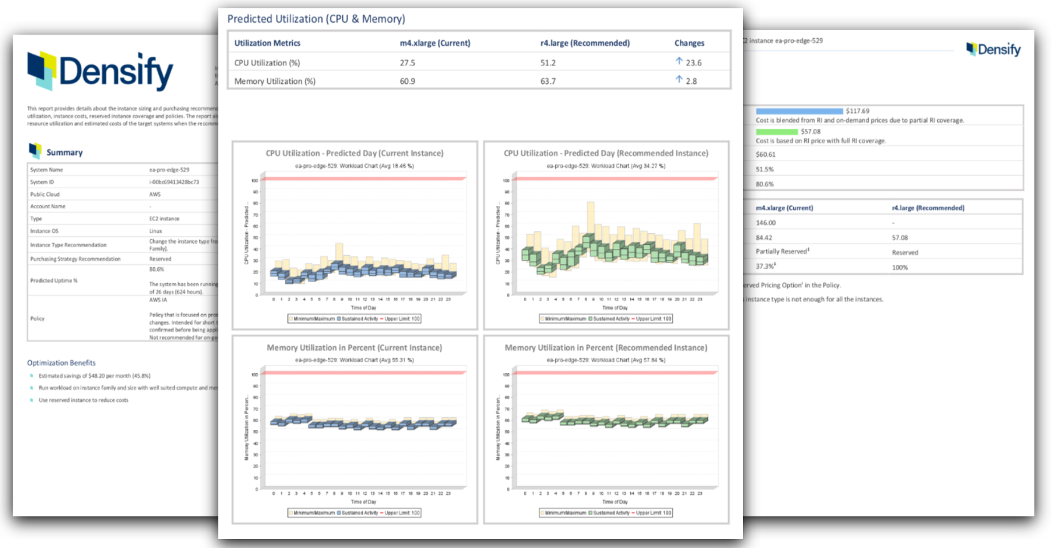
Still, even with the investments we make around having the best possible recommendations we advocate with customers a cloud cost optimization framework that says “Start small, safe, simple… with a friendly”.
In the early days of rolling out a FinOps program your objective should not be cost take out (you might like to read that sentence a few times). Your objective should be building organizational trust in a process that will take cost out – that’s very different.
With that in mind, here are the steps to rolling out an effective cloud cost optimization program at a high level.
Start Small: This means choosing a limited number of accounts and/or a limited number of systems to change. Get small success in the process of optimization change then scale that success. Oftentimes customers will tweak and tune internal processes and communications as they have these small successes. It gets stakeholders excited to advocate for more which often means higher visibility and more resources to expand the program.
Start Safe: This means changing systems that are not business critical, where if something fails during an optimization action no one will blink an eye. It won’t matter, and we’re free to tune and iterate as needed. Developers need assurance and experiences in the early days of your program rollout that optimization won’t impact functionality – their primary objective. As you have small/safe success celebrate those optimizations with developers, get them excited about the program potential and keen to see bigger changes happen. At this point it’s not about large dollar savings monthly, it’s about executing change processes and maintaining functionality.
Start Simple: Terminates / very small increases or decreases. Here are some things to avoid changing, at least initially while you’re building trust in your teams.
- Production, Staging or UAT environments – focus on lower environments while learning the process of change
- Large systems ie: your top 10 largest or most costly monthly systems
- Huge changes ie: 128 down to 2 cores
- Medium effort and hard-to-make changes ie: things where long SDLC test cycles are required
- Any systems in a horizontal scaling grid ie: scalesets, ASGs, MIGs, big data pools
- Optimal Family changes – these often required SDLC test cycles to confirm functional QA
With a Friendly: In the early days you want to focus on teams/people that love process improvement and are open to doing new things . Those people are keen to optimize less so because of the financial savings and more so because they thrive on doing things optimally and prefer to leverage processes that improve service delivery for everyone (including finance). Take time to think through lines of business or project teams that would be friendly toward optimization. Also take time to identify those lines of business or project teams to avoid in your first round – you know who they are, and you’ll get to them, just not in the early days.
We’re often asked which type of optimization recommendation to start executing first. Terminate recommendations are a great place to start because they’re the easiest to execute… just turn off unused systems. The caution with terminates is that sometimes there can be legit reasons to leave things running in an idle mode – it should be questioned though – is an idle system a need or a want?
Following on from terminate recommendations we like to focus on Modernize recommendations. This is simply moving to a newer version of the same type of server so people tend to be open to that (rarely are new test cycles needed here)– often these changes bring better, faster, cheaper servers for apps.
Next you can elect to focus on either upsize or downsize… usually upsize gets you points with Lines of Business teams as you’re basically doing capacity planning for them at that point and reducing capacity risks, but there’s a cost to an upsize.
Downsize is where there can sometimes be pushback since people rarely like the idea of giving back resources even if it will save finance money. But, this is also where you can leverage the Impact Analysis Report to show teams with real data that they’re wasting budget along with a prediction of how their usage and costs will look after the downsize action.
Lastly, once you have a number of small, safe wins under your optimization belt it’s time to circle back to the more complex things mentioned above that you’ve avoided until now and start applying your process for increasingly lucrative savings all the while tuning your process as you go about showing off the success of your program.
Your New Cloud Cost Optimization Framework
Customers that are successful in optimizing their cloud spend start by building trust in the program and its processes. “Start small, safe, simple… with a friendly” is a cloud cost optimization framework that has paid dividends in our customers over and over again. What’s your framework going to look like for your FinOps program?
We’d love to chat with you to understand your situation, and give you some tips while demonstrating what we can do to help your organization free up resources. Connect with us for a short exploratory conversation and demo.
Interested in seeing what Densify can do for your environment? Get a demo »
